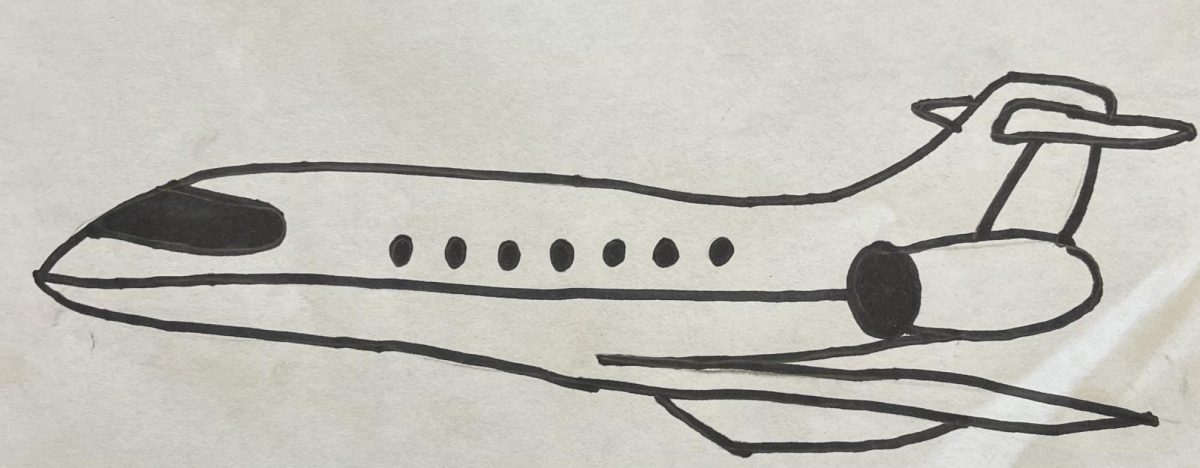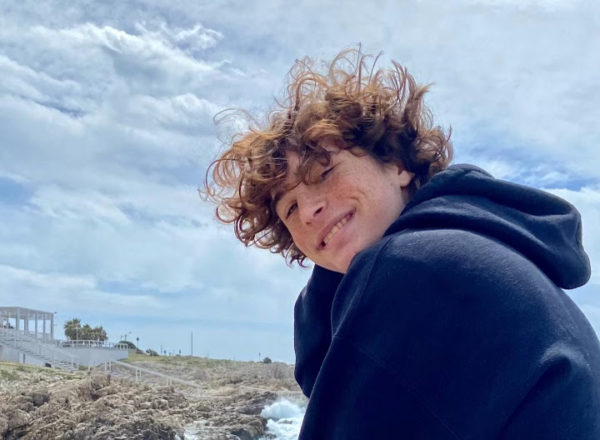It’s all about money these days, no matter the cost. Despite its remote location even skiing isn’t immune to the cold hands of corporatization.
In 2008, Vail Resorts released the Epic Pass, a ticket to visit five separate mountains in Colorado and Heavenly in California. Today the Epic Pass includes over 70 mountains worldwide. That might sound positive, but the effects have been nothing short of disastrous.
In 2018 Stevens Pass officially became part of Vail Resorts, and nothing was ever the same. Anyone who frequents Stevens can tell you that the traffic, prices, and lines have never been worse. You would think that an 8.3 billion dollar company would be able to invest in their new ski mountain, right? Wrong. Besides a few recent chair improvements, the only changes we’ve seen have been massive price raises and the resort’s lack of interest in the enjoyment of the people paying to be there.
Before Stevens pass merged with Vail, a day pass was around $67, but suddenly jumped to $79 the following year, and it didn’t stop there. Today, the prices are up to $150, not including parking, food, lessons, or gear rentals! Common excuses for why prices have risen so dramatically range from COVID-19 to inflation, but if that were true, a pass would be only $83. The real reason is a clever marketing tactic. Increasing the prices of a day pass makes the ridiculously costly season passes look appealing to consumers. The worst part about it? It works. Over 2.3 million season passes were sold this year, which is a thirty-nine percent increase over the last two years. Not only is this trickery but it also makes an already inaccessible sport even more inaccessible. What new skier will drop 150 dollars and rent equipment to go down Bunny Hills all day?
Additionally, an increasingly common sight for skiers is not the mountain, but instead the backs of other skiers’ heads. Lately, it’s felt like you spend more time in line than on the slopes. Instead of using a reservation system or developing a new solution Vail has instead taken an approach similar to holding Thanksgiving dinner on a coffee table. There are only so many seats and the rest of us have to stand.
Vail isn’t just taking the slopes by storm but the entire surrounding area as well. Vail intends to vertically integrate the entire skiing experience, including the base areas. They don’t see why you should be giving money to anyone but them. Even if that means they have to take over an entire ski town. Where there used to be small family-owned restaurants and ski shops are now Starbucks and Evo. Nothing is safe from Vail.
The unavoidable truth is that skiing is becoming a corporate industry above an individualistic sport where everyone chooses their path down the mountain. Things could turn around, but for now, I’d advise you to bring a bag lunch and a carpool buddy.





